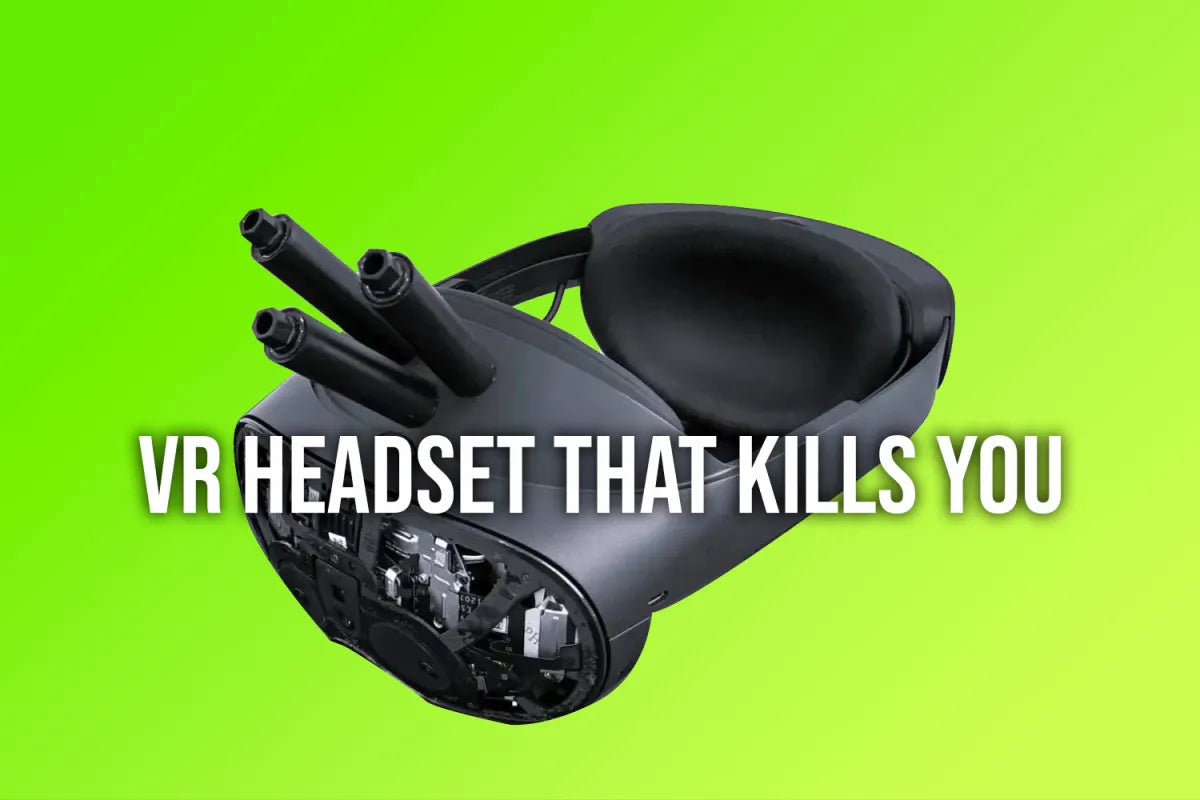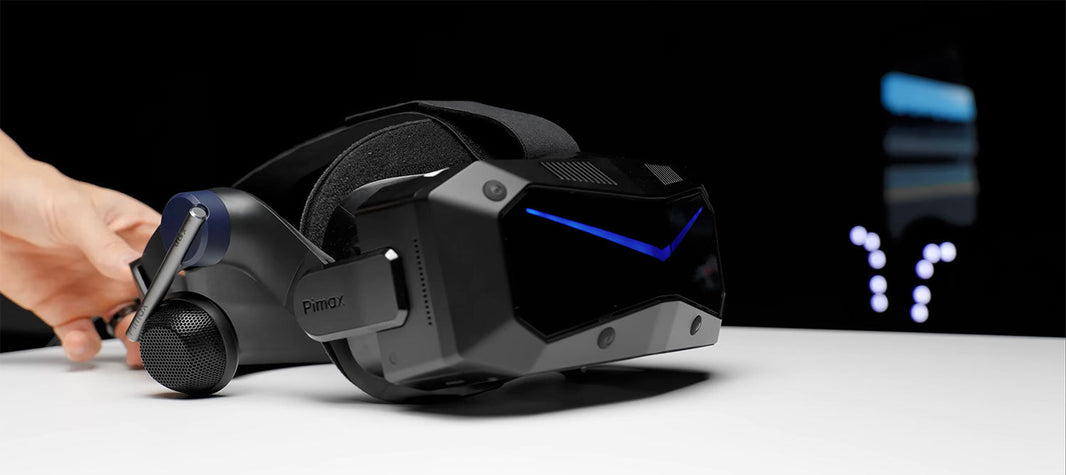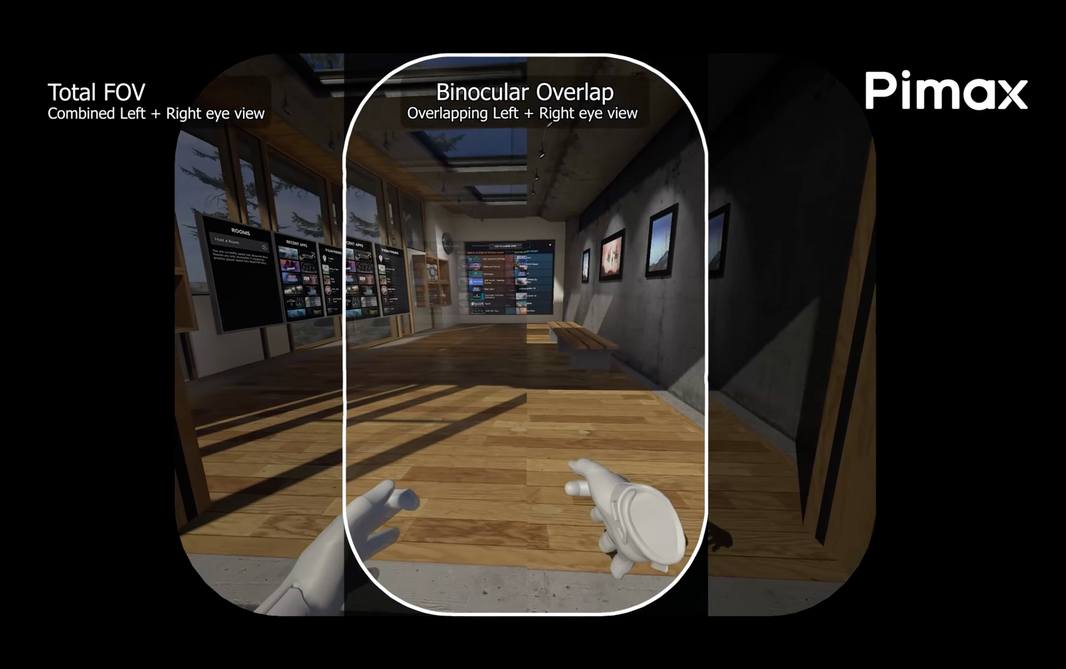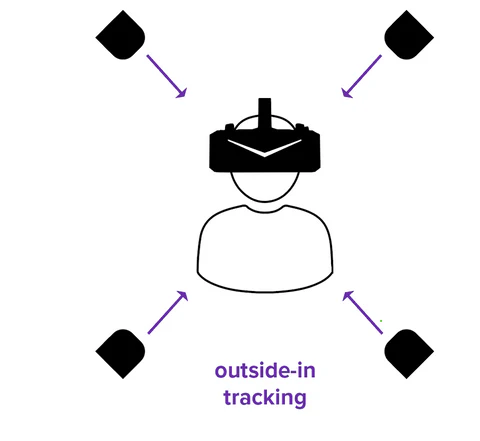Palmer Luckey, the co-founder of Oculus VR, has been involved in various VR-related projects and innovations, including the "VR headset that kills you". It's basically a modded Quest Pro that is like straight out of a sci-fi novel: if your game character dies, you die in real life. But think of it more as a piece of art, rather than a real product on sale.
Quest for immersion and pain
There's a long history of gadgets — partly for fun — that hurt the player, such as PainStation which physically hurts the player who loses. There have also been other tournaments that punish the player who loses, such as a Tekken tournament where players worn bracelets that could emit non-lethal electric shocks.
Nowadays, a lot of VR players buy haptic vests for immersion. If something happens in game, the player will get a rumble or shock. Of course, the "VR Headset that kills you", goes way further in this pursuit.
Palmer Luckey's VR Headset that can kill you
Luckey was inspired by NerveGear from Sword Art Online, and as he wrote in his blog, it's only half working and serves as a "thought-provoking reminder of unexplored avenues in game design". We can see why it's an unexplored avenue...

VR Headsets That Can Kill You: A Cautionary Tale
Virtual reality (VR) headsets have the potential to transport us to new and exciting worlds, but what if they could also kill us? This is a question that has been raised in recent years, as some experts have warned that VR headsets could be used to deliver fatal shocks to the user's brain.
While this may sound like something out of a science fiction movie, there is some scientific basis for the concern. VR headsets work by sending electrical signals to the brain, which are then interpreted as images and sounds. This means that it is theoretically possible to use VR headsets to deliver harmful electrical signals to the brain, which could potentially lead to death.
In 2016, a team of researchers at the University of California, San Francisco published a paper in the journal Nature Neuroscience in which they described how they had developed a VR headset that could be used to deliver electrical shocks to the brain. The researchers used their headset to study the effects of pain on human behavior, and they found that the shocks were able to induce a wide range of responses, from mild discomfort to severe pain.
The researchers' findings suggest that it is possible to use VR headsets to deliver harmful electrical shocks to the brain. However, it is important to note that the researchers' study was conducted in a controlled laboratory setting, and it is unclear whether the same results would be obtained in a real-world setting.
Despite the potential risks, VR headsets are becoming increasingly popular. In fact, the global VR market is expected to reach $20 billion by 2025. As VR headsets become more widely used, it is important to be aware of the potential risks involved.
Here are some safety guidelines to follow when using VR headsets:
- Only use VR headsets from reputable manufacturers.
- Do not use VR headsets for extended periods of time.
- Take breaks from using VR headsets every 20-30 minutes.
- Be aware of your surroundings when using VR headsets.
- Do not use VR headsets while driving or operating machinery.
- If you experience any discomfort or dizziness while using a VR headset, stop using it immediately.
- By following these safety guidelines, you can help to reduce the risk of harm when using VR headsets.








